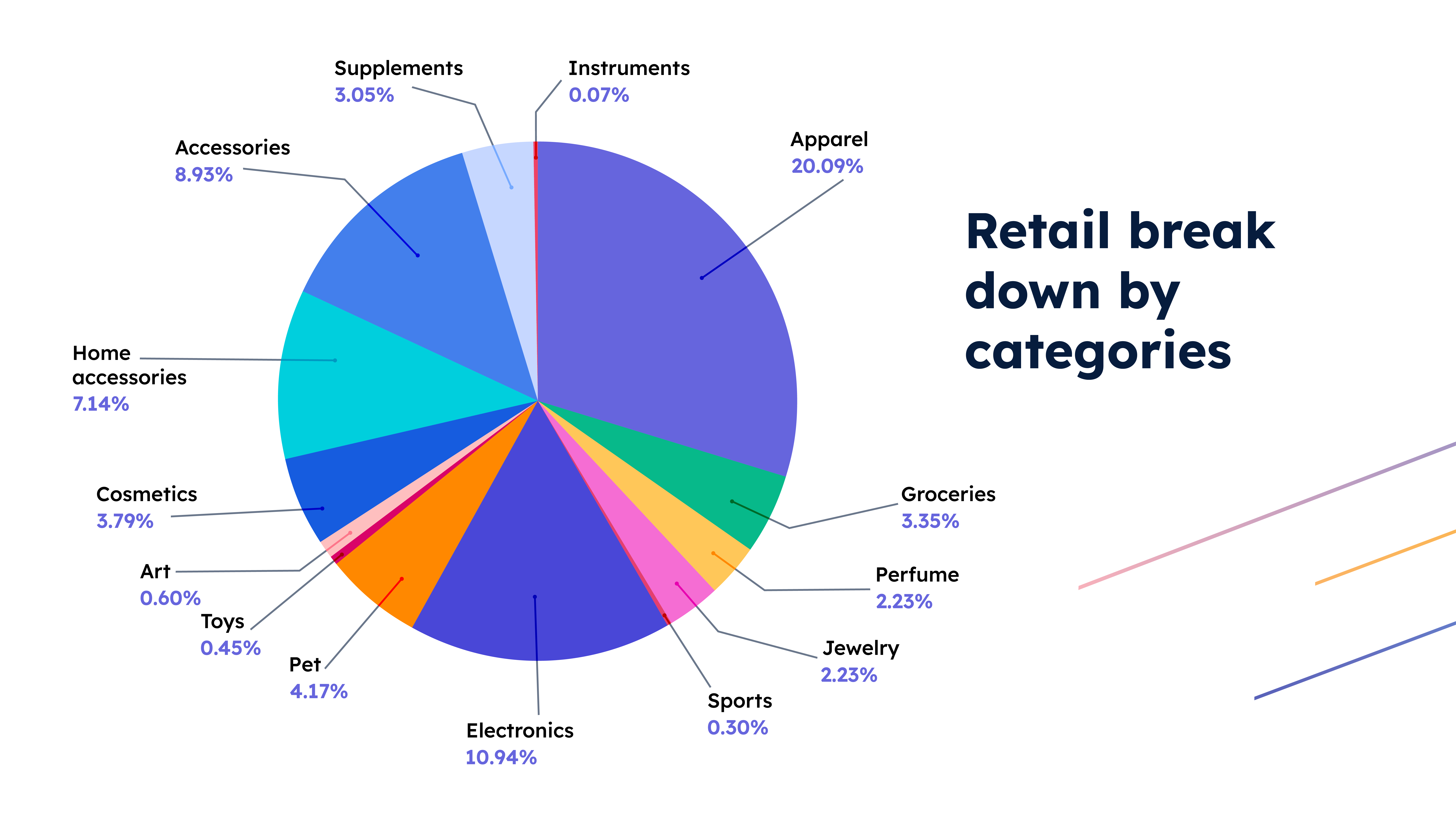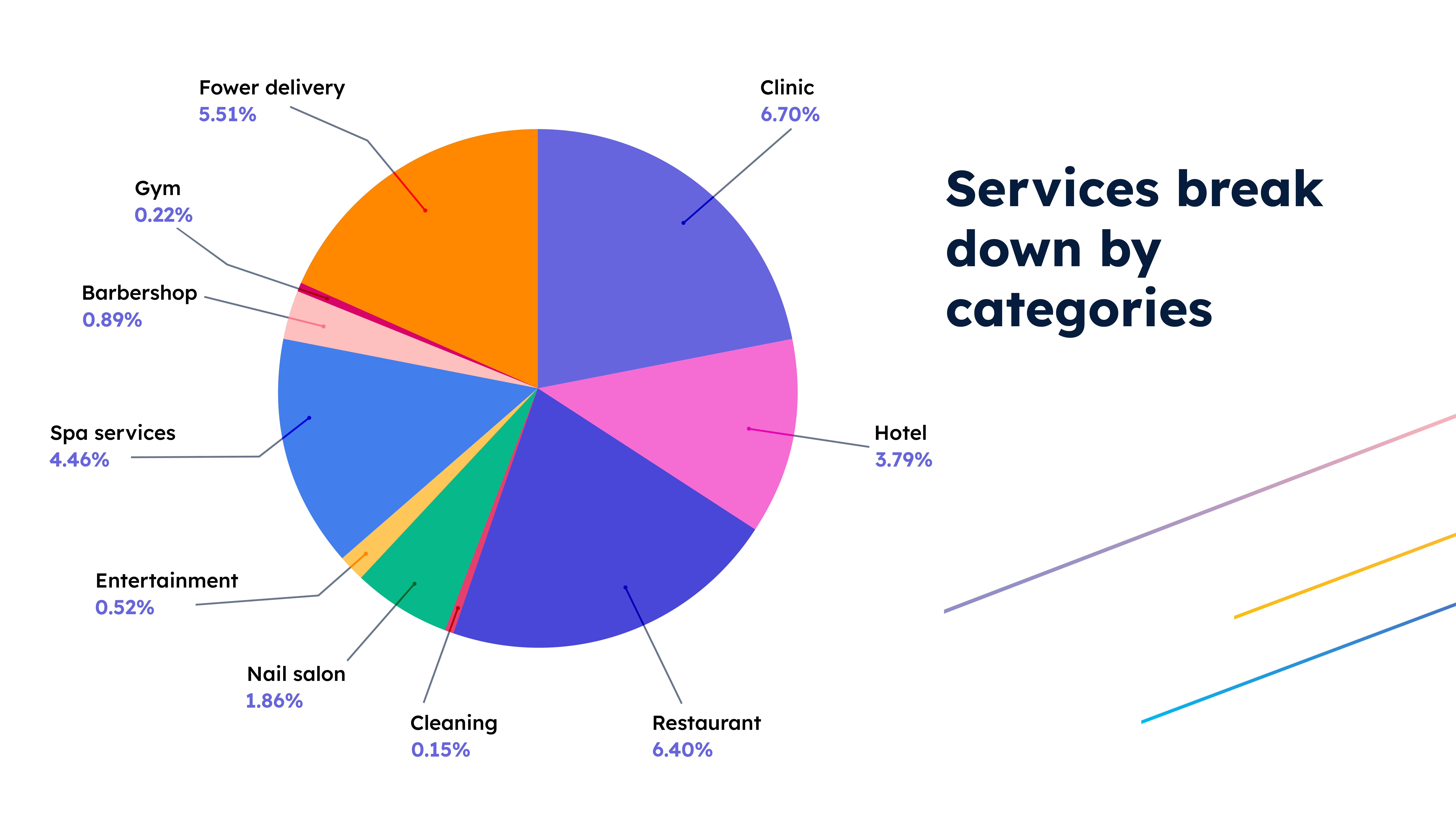
AllyADA Website Accessibility Review for May and June, 2024
At AllyADA, we offer a leading-edge tech and human-based solution to the persistent website accessibility problem impacting the global e-commerce space. Recognizing that our position is one of both tremendous opportunity and privilege, one of our favorite contributions is the ability to generate meaningful statistics to further the advancement of accessibility for blind and visually impaired internet users in the United States and beyond. Though targeted to a fractional subset of websites, this type of data-driven research sheds much-needed light on the extent of online barriers to accessibility, equity, and independence.
Summary of Findings
We engaged with 1344 websites during May and June 2024 to determine each website's level of ADA website accessibility compliance and draw conclusions about the categories of common accessibility issues present.
We found that of the websites tested, the results were as follows:
Inaccessible: A total of 926 websites tested (69%) were deemed inaccessible to blind and visually impaired users due to a failure to provide accessible core information about products or a failure to allow blind or visually impaired users to complete a purchase. This means the website lacked basic functionality or usability for blind or visually impaired users.
Semi-Accessible: A total of 391 websites tested (29%) were deemed semi-accessible. This means the websites were minimally accessible to blind and visually impaired users who were able to navigate from the homepage to the checkout with at least a base-level understanding of what they were buying.
Fully Accessible: 27 websites tested (2%) were deemed to provide the level of access to information and navigation features necessary to comply with the ADA. This means that blind and visually impaired users were able to obtain all pertinent information about products, locations, and working hours and were able to find specific products, make selections for size and color, understand the purpose of each formfield, or book a table and select the time.
Widget Accessibility: Only a total of 61 websites tested (or 5%) were deemed accessible with the use of widgets. A total of 143 websites tested (or 11%) were deemed inaccessible with the use of widgets.
.png)
Most Common Accessibility Issues
As blind and visually impaired users are well aware, there are a large number of issues that can render a site non-ADA-compliant and impede ease of use, navigation, comprehension, and accessibility from the homepage through checkout.
The most common issues our testers encountered during this assessment were the following:
- Lack of alt text for images: This error is marked by the absence of a written narrative describing an associated image in words. This description is called “Atl Text” because it is entered in the “alt text attribute” on the page. Alt text is important for people who use screen readers because it allows them to understand the content of the image.
- Pop-ups: This error refers to pop-up windows that appear on a webpage. Pop-ups can be disruptive to blind or visually impaired users and can also be difficult to close for users who use screen readers.
- Bypass blocks: This error refers to elements that can be used to bypass the main content of a webpage. This can be problematic for users who use screen readers because they may not be able to access the bypassed content.
- Form fields: This error refers to issues with form fields on a webpage. These issues can include missing labels, unclear error messages, or form fields that are not keyboard accessible.
- Inaccurate landmark structure: This error refers to the incorrect use of HTML landmark elements. Landmark elements identify the different sections of a webpage, such as the header, navigation, and main content.
- Inaccurate heading hierarchy: This error refers to the incorrect use of heading elements (H1, H2, H3, etc.). Heading elements create a hierarchy of headings on a webpage, which can help users understand the structure of the content.
- Ambiguous link text: This error refers to link text that is not clear or descriptive. Link text should tell users what they can expect to find when they click on the link.
- No notification when moving to an external website: For sighted people, the move to an external website is understood through visual confirmation, but people who are blind or visually impaired get easily confused when they are moved to an external website just by clicking a link.
Most Common Categories of Websites with Accessibility Issues
Among the sites tested, we determined that the top categories of websites operating in violation of web accessibility requirements under the ADA are retail and service sites.
The overall breakdown of non-compliant websites showed that the majority (69%) fell into the “Retail” category, with the remainder (31%) in the “Service” category. For clarity, retail websites are those devoted to the sale of physical goods and products, regardless of the nature of the goods. Retail includes the sale of things like shoes but also the sale of food commodities like a box of candy. By contrast, service websites are those devoted to the provision of a specified service, such as AllyADA or a law firm website, which allow prospective clients to make informed decisions and engage with the business to arrange payment and receipt of services.

Taking an even closer look, the breakdown of non-compliant websites within the retail category was very nuanced:
- apparel (20.09%)
- electronics (10.94%)
- accessories (8.93%)
- home accessories (7.14%)
- pet (4.17%)
- cosmetics (3.79%)
- groceries (3.35%)
- supplements (3.05%)
- perfume (2.23%)
- jewelry (2.23%)
- other stuff (1.34%)
- art (0.60%)
- toys (0.45%)
- sports (0.30%)
- fishing (0.15%)
- instruments (0.07%)
The breakdown of non-compliant websites within the services category was less dispersed:

- clinic (6.70%)
- hotel (3.79%)
- restaurant (6.40%)
- cleaning (0.15%)
- spa services (4.46%)
- barbershop (0.89%)
- gym (0.22%)
- flower delivery (5.51%)
- nail salon (1.86%)
- entertainment (0.52%)
Work with us to Improve Your Website’s Accessibility
After we audit your website, we provide a complete report, including a list of all issues that need to be fixed to bring your website into compliance. Once you have the information, it usually only takes two to three days to fix 80% of the accessibility issues identified, with minimal investment on your part.
In addition, blind and visually impaired consumers also generate high rates of brand loyalty among sites that are ADA-compliant and easily accessible. The active online sight-impaired community regularly shares favored sites locally and broadly via social media and other forums.
With the ease of making corrections and the full complement of benefits that come along with it, accessibility compliance is a no-brainer!
Contact us today to get your quote and useful tips on claiming lucrative tax credits. Act now to save an extra 50% on accessibility upgrades!
